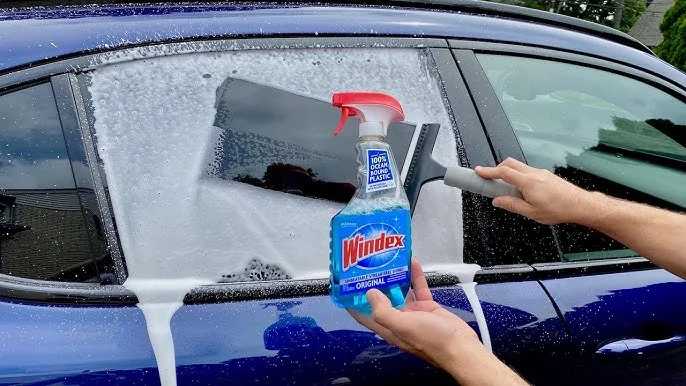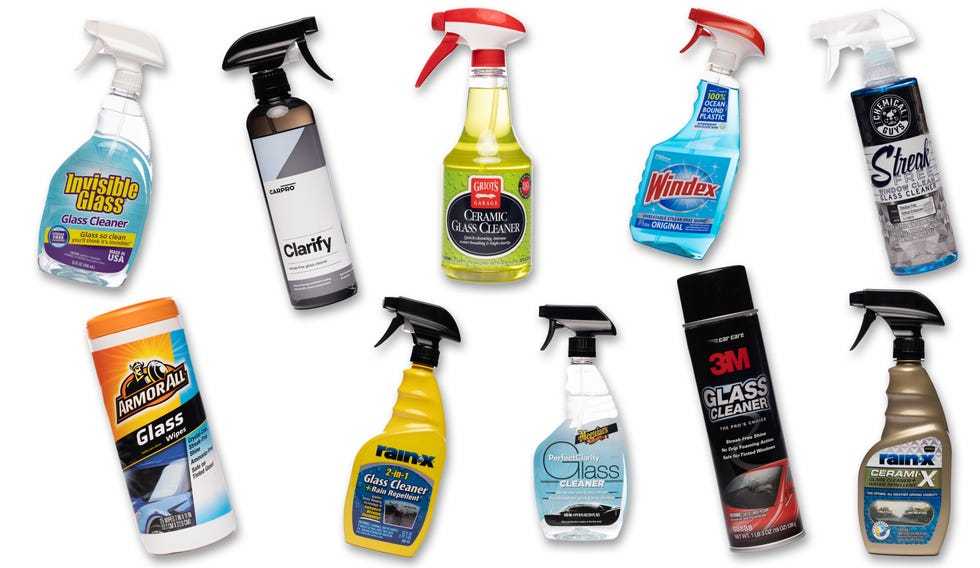To fix laminated glass delamination, carefully remove the damaged layer, clean the surfaces thoroughly, and then reattach or replace the film depending on the severity of the damage. Using specialized adhesives and proper surface preparation is key to restoring the glass’s strength and clarity.
If you’re dealing with delaminated laminated glass, quick action is essential to prevent further damage. The fix often involves removing the old adhesive, cleaning the glass thoroughly, and then resealing or replacing the lamination layer. For minor delamination, a professional repair kit might suffice, but extensive damage may require expert intervention. Proper handling ensures your glass maintains its safety and aesthetic appeal. In the following guide, we’ll walk you through practical steps to repair laminated glass delamination effectively, helping you save costs and extend the lifespan of your glass fixtures.
How to Repair Laminated Glass Delamination
Understanding Laminated Glass and Its Structure
Laminated glass consists of two or more sheets of glass bonded together with a layer of polyvinyl butyral (PVB) between them. This structure makes the glass safer and more resistant to shattering. Over time, however, the layers can start to separate, leading to delamination.
What Causes Laminated Glass Delamination?
Several factors contribute to delamination in laminated glass. Common causes include exposure to UV rays, temperature fluctuations, moisture ingress, and improper manufacturing or installation. These elements weaken the bond between the glass layers and the PVB layer.
Signs of Laminated Glass Delamination
Recognizing early signs can help in timely repairs. Look for:
- Cloudy or foggy appearance
- Discoloration or bubbles between layers
- Reduced transparency
- Visible separating lines or cracks
- Sound of rattling when shaken
Safety Precautions Before Starting Repairs
Before attempting any repairs, ensure safety. Wear gloves and eye protection. Work in a well-ventilated area and handle broken or damaged glass carefully to avoid injuries.
Tools and Materials Needed for Repair
Gather all necessary tools for a successful repair:
- Glass cleaner and lint-free cloth
- Utility knife or razor blade
- Silicone sealant or laminated glass adhesive
- Spray bottle with water and a few drops of dish soap
- Plastic scraper or spatula
- Clamps or weights for pressure
- Replacement PVB layer (if applicable)
Step-by-Step Guide to Repair Laminated Glass Delamination
1. Assess the Damage
Begin by inspecting the extent of delamination. Minor issues may be repairable, but extensive separation might require professional replacement.
2. Clean the Surface
Spray the glass with a mixture of water and dish soap. Use a lint-free cloth to thoroughly clean both sides of the glass. Removing dirt and debris ensures better adhesion during repair.
3. Remove the Damaged Layers
Use a utility knife to carefully cut away any loose or damaged PVB material. Be cautious to avoid applying too much pressure, which could cause additional cracks.
4. Prepare the Repair Area
Dry the cleaned area completely. Any remaining moisture can hinder the bonding process. Ensure the surface is dust-free before proceeding.
5. Apply a Suitable Adhesive or Sealant
Apply a high-quality silicone sealant or laminated glass adhesive evenly across the delaminated area. Use a spatula to spread it smoothly, ensuring full coverage.
6. Rebond the Layers
If the PVB layer is intact but detached, press the layers together firmly. Use clamps or place weights on the glass to maintain pressure during curing.
7. Allow Adequate Curing Time
Let the adhesive cure as per the manufacturer’s instructions, typically 24 to 48 hours. Avoid disturbing the glass during this period.
8. Final Cleaning and Inspection
Once cured, clean the glass again. Check for any remaining delamination signs and ensure the bond feels solid and secure.
Repairing or Replacing the PVB Layer
For cases where the PVB layer is severely damaged or missing, replacing it might be necessary. This process involves carefully removing the old PVB and inserting a new sheet. It is a complex procedure and often best performed by professionals.
When to Seek Professional Help
Minor delaminations can sometimes be repaired at home, but extensive damage or safety concerns warrant professional assistance. Experts can replace entire glass panels if needed, ensuring safety and longevity.
Preventing Future Delamination
To avoid repeated delamination issues:
- Protect glass from prolonged sunlight exposure
- Seal edges to prevent moisture entry
- Schedule regular inspections
- Use high-quality laminated glass products
Additional Tips for Maintaining Laminated Glass
Maintain the integrity of laminated glass with these tips:
- Clean regularly with mild glass cleaners
- Avoid abrasive tools that scratch the surface
- Address minor damages immediately to prevent worsening
- Ensure proper installation by professionals
Related Topics to Consider
Explore related areas to enhance your understanding:
Choosing the Right Laminated Glass for Your Needs
Common Manufacturing Defects in Laminated Glass
Professional vs. DIY Repairs: Pros and Cons
Cost Analysis of Repairing vs. Replacing Laminated Glass
Effective repair of laminated glass delamination requires careful assessment, proper tools, and patience. While minor issues can often be addressed at home, significant damage may need expert intervention to ensure safety. Regular maintenance and timely repairs help extend the life of laminated glass, preserving its strength and clarity for years to come.
RV Wall & Siding Repair- What is Delamination and How to Fix It for Do It Yourself & RV Shops
Frequently Asked Questions
What are the initial steps to assess the extent of laminated glass delamination?
Begin by inspecting the glass surface carefully for visible signs of separation between the layers. Look for areas where the laminate appears bubbled, cloudy, or discolored. Use a flashlight to check for internal bubbles or cloudiness that might not be visible to the naked eye. Gently tap around the edges to see if any parts feel loose or rattly. Taking these steps helps determine how widespread the delamination is and guides your repair process.
Which adhesives are effective for re-bonding delaminated laminated glass?
Use high-quality, transparent epoxy or specialized adhesive designed for glass applications. These adhesives bond well with both glass and laminate layers, providing clarity and strength. Ensure the adhesive is suitable for the thickness of your glass and follow the manufacturer’s instructions for proper application. Clean the affected area thoroughly before applying the adhesive to ensure a strong bond and prevent future separation.
Can mechanical fastening help in repairing laminated glass delamination?
Yes, mechanical fasteners such as clamps or brackets can reinforce areas of delamination, especially in non-structural repairs. Carefully attach these fasteners around the affected area to hold the layers together while the adhesive cures. However, avoid applying excessive pressure that could cause further cracking. Mechanical fastening offers additional support and can help maintain the integrity of the glass during the repair process.
What safety precautions should I follow when repairing delaminated laminated glass?
Always wear protective gloves, goggles, and a dust mask to prevent injury from glass shards or dust. Work in a well-ventilated area to avoid inhaling fumes from adhesives or cleaning agents. Handle the glass gently to prevent additional damage, and ensure the workspace is stable and free of clutter. Proper safety measures protect you during the repair and help avoid accidents.
How can I prevent future delamination in laminated glass?
Maintain the integrity of the glass by avoiding impacts and extreme temperature changes. Regularly clean the surface with appropriate, non-abrasive cleaners to prevent build-up that can weaken the laminate. Ensure proper installation techniques and use high-quality laminated glass products. Store laminated glass in environments that control humidity and temperature to reduce the risk of delamination over time.
Final Thoughts
To repair laminated glass delamination, start by assessing the extent of damage. Clean the affected area thoroughly to remove dirt and debris. Use a specialized adhesive or resin designed for laminated glass to bond the delaminated layers. Apply the adhesive carefully and clamp the pieces until the glue sets.
In conclusion, knowing how to repair laminated glass delamination helps restore its strength and clarity efficiently. Proper cleaning, selecting the right adhesive, and applying it correctly are crucial steps. Follow these methods to ensure a durable and effective repair.



